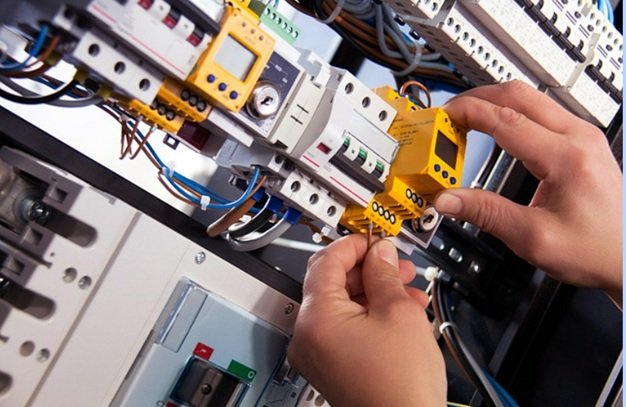
Whether you’re building new or renovating, electrical work is risky: electric shock, arcs, burns, fires and even fatalities. Even small oversights – a live cable, bad labelling, untested equipment – can be deadly.
To protect people and property here are the essential safety guidelines backed by Australian workplace safety authorities.
Never assume a circuit is off. A process is required:
Following these steps means electrical isolation isn’t optional – it’s guaranteed.
Residual Current Devices (safety switches) work in under 30 milliseconds to prevent serious harm, they’re vital in reducing fatalities. Despite being mandatory in new builds, coverage is incomplete: 40% of homes lack full RCD protection.
Recommendations:
The best way to reduce live-power risks is to eliminate them. For work in enclosed spaces, wet areas or ceiling voids, favour battery-powered tools or lighting over mains-powered equipment. This aligns with the hierarchy of risk control – eliminate hazard at source.
The right gear can mean the difference between a near miss and a serious injury:
Remember tools must be properly tagged, regularly inspected and replaced if worn or damaged.
Leads, plugs and power tools are frequently damaged in construction environments. To manage this:
Neglecting this routine increases risk.
Hidden electrical hazards often lurk above ceilings or behind walls:
These steps will avoid unexpected live contact or trip-and-fall incidents.
High-voltage and switchgear work is high-risk:
These tasks require a professional-only approach – no shortcuts.
Electrical work must comply with current standards and regulations:
Documentation is not just paperwork – it’s accountability and traceability.
Site safety requires both knowledge and awareness:
A well-logged safety culture can prevent complacency – and casualties.
Electrical work in building and renovation is high-risk – but the risks are manageable. A safety-first approach, based on de-energisation procedures, safety switch installation, battery tool usage, proper PPE, tool maintenance, documented risk management and training creates a safe environment for everyone.
By incorporating these practices into every stage – from planning to handover – you protect lives, livelihoods and reputations. Let safety be your foundation.
Electrical Safety Tips When Building or Renovating
July 28, 2025Why Plumbing Should Be Your First Priority in Any Home Renovation Project
July 26, 2025Design Tips That Make Your New Home Feel Open and Personalised
July 25, 2025Top 5 Plumbing Upgrades to Boost Your Property Value
July 25, 2025Will a Tankless Water Heater Boost Your Property Value?
July 25, 2025